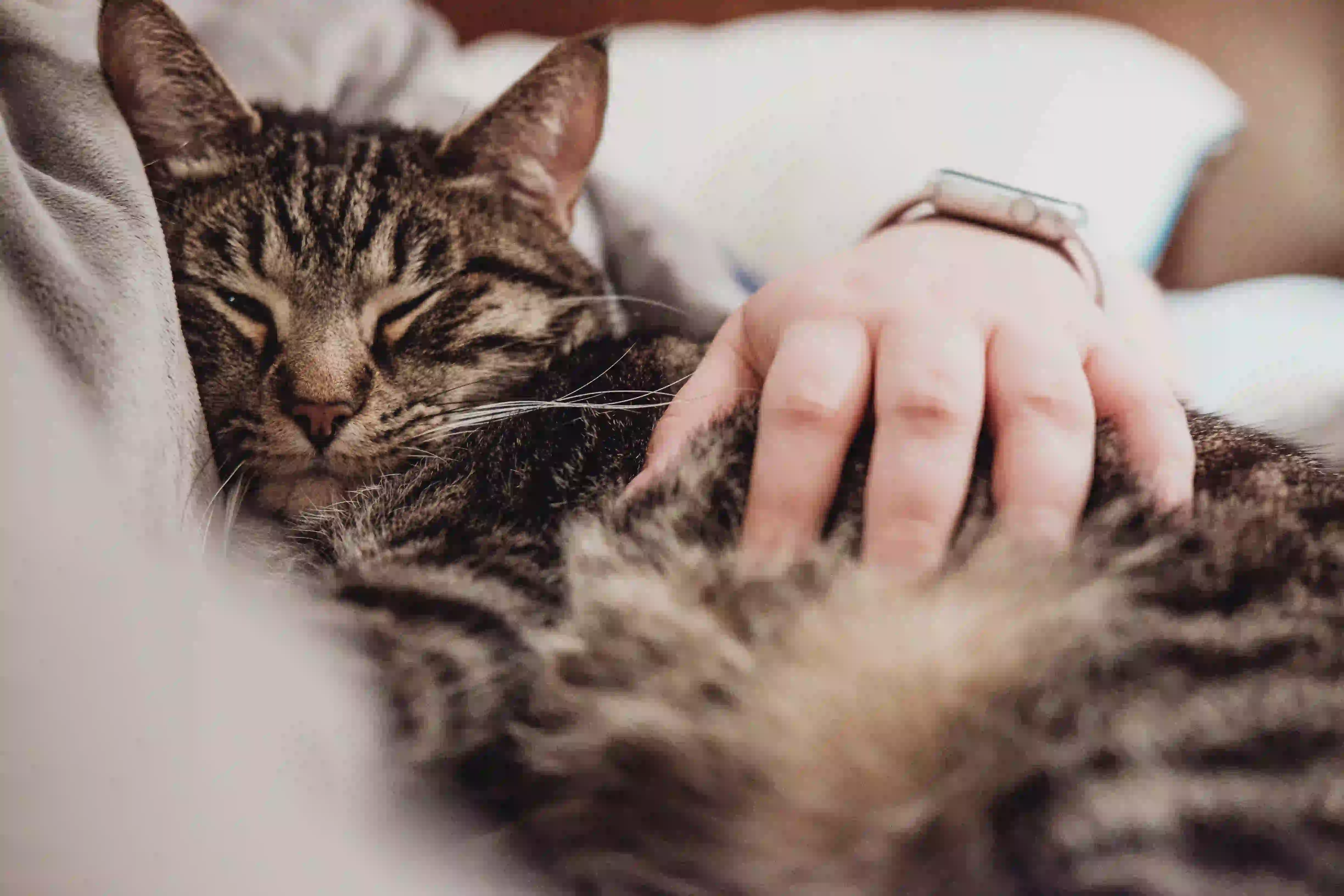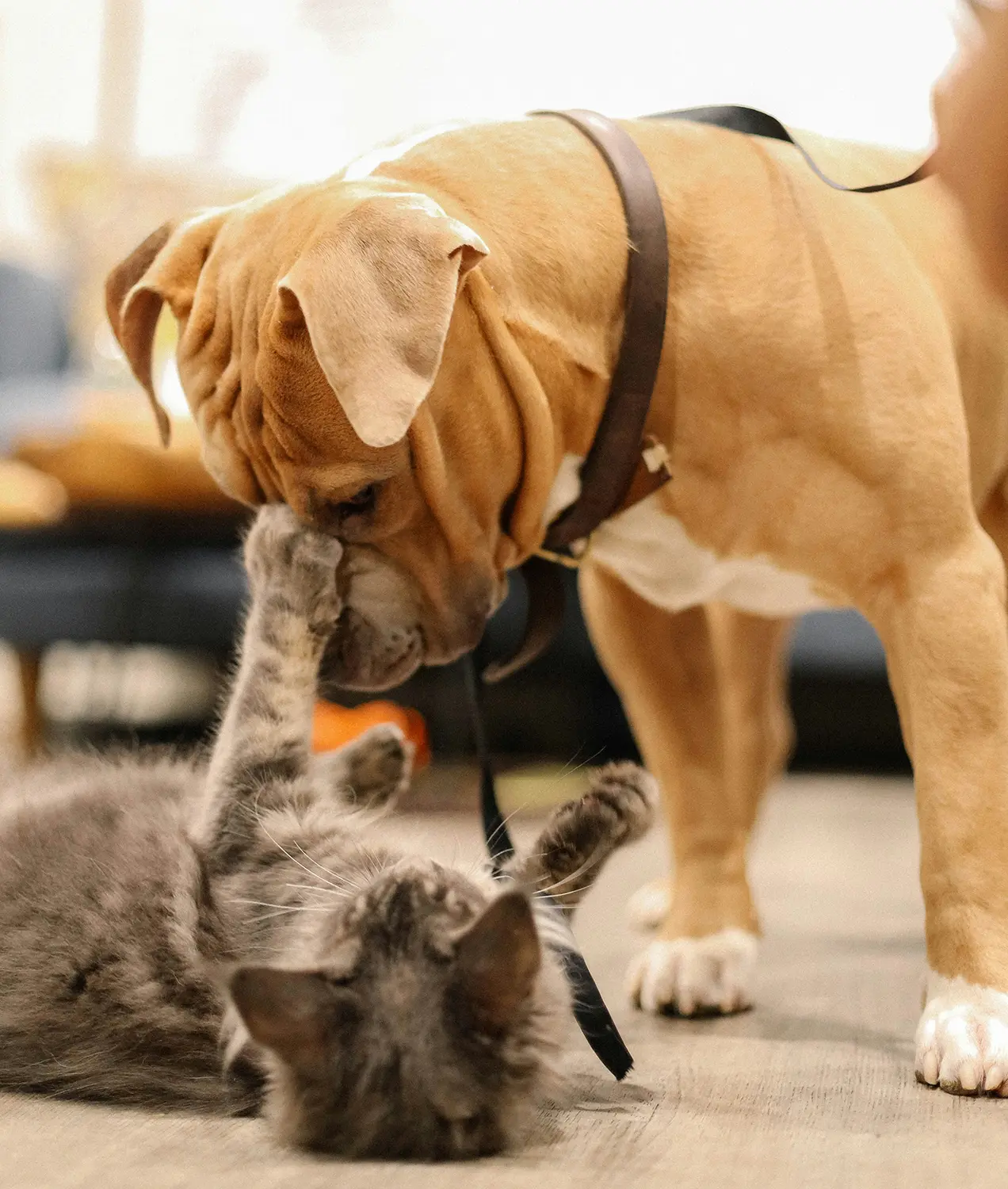
Los gatos son compañeros muy queridos, conocidos por su independencia, su personalidad juguetona y su carácter afectuoso. Aunque, en comparación con otros animales de compañía, los gatos pueden requerir relativamente poco mantenimiento, siguen necesitando cuidados adecuados para llevar una vida sana y feliz. Esta completa guía cubre todos los aspectos esenciales del cuidado de los gatos, desde la alimentación y el aseo hasta la salud y el enriquecimiento.
1. Elegir el gato adecuado
Antes de traer un gato a casa, tenga en cuenta factores como su entorno vital, estilo de vida y posibles alergias. Hay varias razas de gatos, cada una con un temperamento y unos cuidados únicos. Investigue las distintas razas para encontrar una que se adapte a sus preferencias y circunstancias. Aquí tiene algunos recursos para informarse sobre las distintas razas:
Asociación Internacional Felina
Asociación Americana de Aficionados a los Gatos
Asociación de Aficionados a los Gatos
Recomendamos adoptar gatitos después de que tengan al menos 8 semanas de edad, siendo de 12 a 14 semanas lo ideal, ya que son muchos los beneficios de que permanezcan con su familia; uno de los mayores es la socialización.
2. Preparar su casa
Crear un entorno seguro y cómodo es crucial para el bienestar de su gato. Estos son algunos artículos esenciales que debe tener antes de traer a su gato a casa:
- Caja de arena: Coloque una caja de arena limpia en un lugar tranquilo y accesible. Asegúrate de tener una caja de arena por gato, más una extra.
- Comederos y bebederos: Elija cuencos resistentes y fáciles de limpiar. Colócalos en una zona tranquila y alejada de la caja de arena.
- Ropa de cama: Ofrezca a su gato una cama cómoda o varios lugares acogedores donde pueda descansar.
- Postes rascadores: Los gatos necesitan arañar para mantener sus garras y marcar su territorio. Proporcione postes o almohadillas de rascado para proteger sus muebles.
- Juguetes y enriquecimiento: Los gatos necesitan estimulación mental y física. Proporcióneles juguetes variados, árboles para trepar y juegos interactivos.
3. Nutrición y alimentación
Una nutrición adecuada es vital para la salud de su gato. Aquí tienes algunos consejos para alimentar a tu gato:
- Alimentos de alta calidad: Elija un alimento comercial de alta calidad para gatos que cumpla las normas nutricionales establecidas por la Asociación Americana de Oficiales de Control de Piensos (AAFCO). Los gatos son carnívoros obligados y necesitan una dieta rica en proteínas animales.
- Dieta adecuada a la edad: Seleccione alimentos adecuados para la etapa de la vida de su gato: gatito, adulto o senior.
- Horario de alimentación: Por lo general, a los gatos les van bien dos comidas al día. Mida el alimento para evitar la sobrealimentación y la obesidad.
- Agua dulce: Asegúrese de que su gato tenga acceso a agua fresca en todo momento. Considera el uso de una fuente de agua para gatos para fomentar la hidratación.
Estaremos encantados de discutir y recomendar un plan nutricional adecuado para su gato.
4. Grooming
El cepillado regular ayuda a mantener la salud del pelo y la piel de su gato. A continuación te explicamos cómo mantener a tu gato en perfecto estado:
- Cepillado: Cepille a su gato con regularidad para eliminar el pelo suelto y evitar que se apelmace. Los gatos de pelo corto pueden necesitar un cepillado semanal, mientras que las razas de pelo largo pueden requerir un cepillado diario.
- Corte de uñas: Recorte las uñas de su gato cada pocas semanas para evitar el crecimiento excesivo y reducir el riesgo de arañazos.
- Atención dental: La salud dental es crucial para los gatos. Cepille los dientes de su gato con un cepillo de dientes y una pasta dentífrica seguros para mascotas, y proporciónele golosinas o juguetes dentales.
- Bañarse: Por lo general, los gatos saben mantenerse limpios y rara vez necesitan un baño. Si es necesario, utilice un champú específico para gatos y garantice un baño sin estrés.
5. Salud y atención veterinaria
La atención veterinaria regular es esencial para mantener sano a su gato. La primera visita de su gatito debería ser a las 8 semanas o lo antes posible después de su adopción. He aquí algunos aspectos clave de la atención sanitaria felina:
- Vacunas: Mantenga a su gato al día con las vacunas para protegerlo contra enfermedades comunes como el herpesvirus felino, el calicivirus y la rabia. Le recomendaremos las vacunas adecuadas para nuestra zona y el entorno de su gato.
- Esterilización: Esterilice a su gata para evitar camadas no deseadas y reducir el riesgo de ciertos problemas de salud.
- Control de parásitos: Utilice preventivos contra pulgas, garrapatas y gusanos. Le recomendaremos el más adecuado para nuestra zona y el entorno de su gato.
- Revisiones periódicas: Programe visitas veterinarias anuales con nosotros para revisiones de salud, exámenes dentales, y para discutir cualquier preocupación.
- Reconocer la enfermedad: Esté atento a los signos de enfermedad, como cambios en el apetito, el comportamiento o los hábitos en la caja de arena, y póngase en contacto con nosotros para comentarlo.
6. Enriquecimiento y juego
Los gatos necesitan estimulación mental y física para evitar el aburrimiento y garantizar su bienestar. He aquí algunas formas de mantener entretenido a tu gato:
- Juego interactivo: Haga que su gato participe regularmente en sesiones de juego con juguetes como varitas de plumas, punteros láser y pelotas.
- Escalar y explorar: Proporcione a los gatos árboles, estanterías y perchas para fomentar la escalada y la exploración.
- Escondites: Cree escondites y túneles acogedores para que su gato explore y se sienta seguro.
- Puzzle Toys: Ofrezca comederos rompecabezas o juguetes dispensadores de golosinas para desafiar la mente de su gato y proporcionarle entretenimiento.
7. Socialización y vinculación
Crear un vínculo fuerte con su gato es importante para su bienestar emocional. He aquí cómo fomentar una relación positiva:
- Manipulación suave: Trate a su gato con delicadeza y respete su espacio personal. Evite forzar las interacciones.
- Refuerzo positivo: Utilice refuerzos positivos, como golosinas y elogios, para fomentar el buen comportamiento.
- Tiempo de calidad: Pase tiempo de calidad con su gato cada día jugando, acariciándole y hablándole.
- Comprender el lenguaje corporal: Aprenda a reconocer el lenguaje corporal y las señales de su gato para comprender sus necesidades y emociones.
8. Seguridad
Garantizar la seguridad de su gato es crucial. He aquí algunos consejos para mantener a salvo a su gato:
- Interior vs. Exterior: Considere la posibilidad de mantener a su gato dentro de casa para protegerlo de peligros como el tráfico, los depredadores y las enfermedades. Si le permite salir al exterior, vigílelo o utilice un recinto exterior seguro.
- Microchipación: Microchip your cat and ensure they wear a collar with an ID tag to increase the chances of being reunited if lost. Podemos ponerle un microchip y registrar a su gato por un coste simbólico.
- Peligros: Retire las plantas tóxicas, asegure ventanas y balcones, y mantenga las sustancias peligrosas fuera de su alcance.
Conclusión
Cuidar de un gato implica satisfacer sus necesidades físicas, emocionales y médicas. Si le proporciona una alimentación adecuada, aseo, cuidados veterinarios, enriquecimiento y un entorno seguro, podrá asegurarse de que su amigo felino lleve una vida sana, feliz y satisfactoria. Crear un vínculo fuerte con su gato a través de interacciones positivas y comprender su personalidad única mejorará su compañía y creará un hogar lleno de amor para su compañero felino.










Escribir un comentario
¿Cuál es su calificación general?